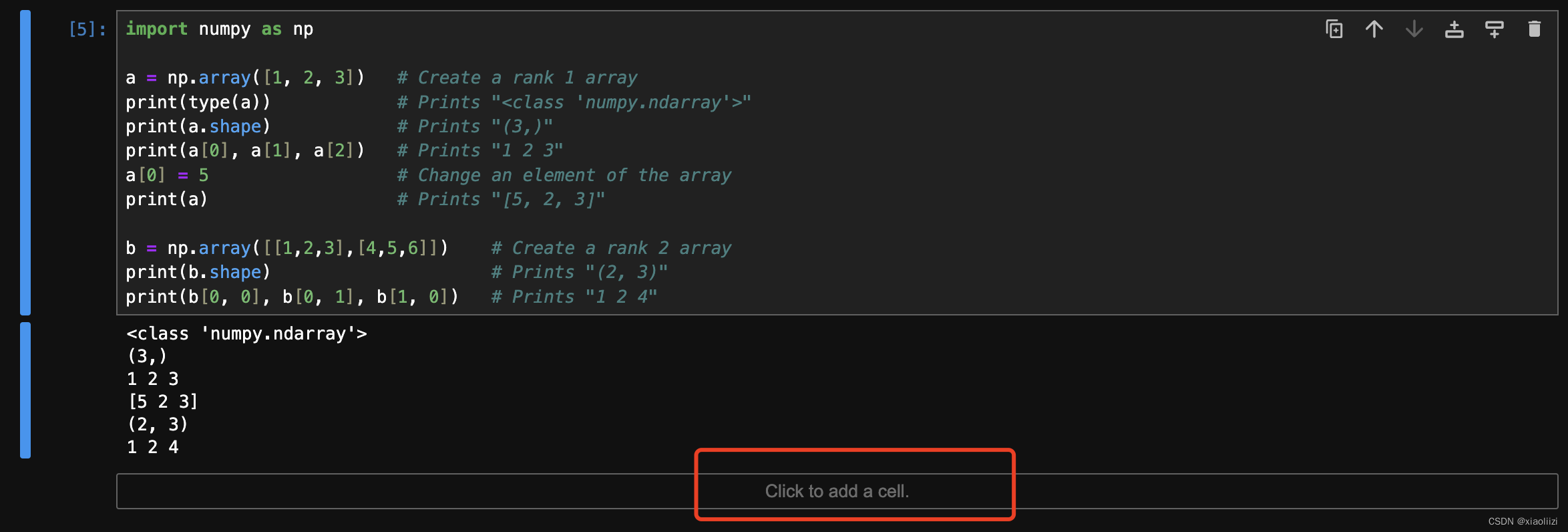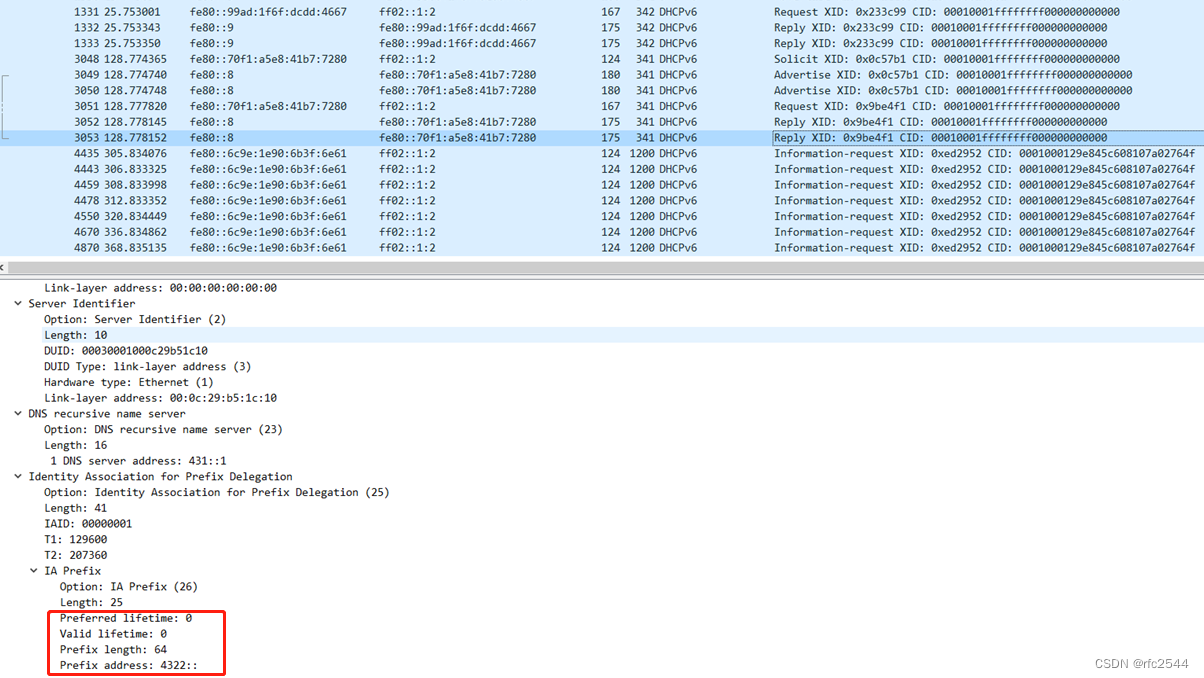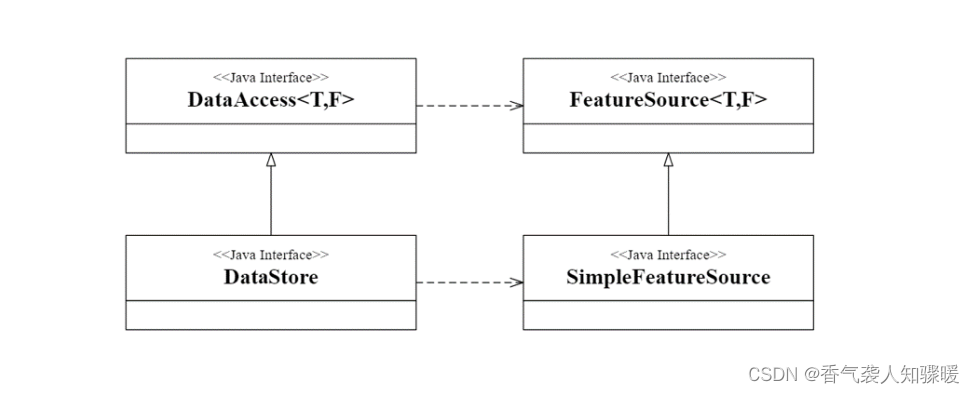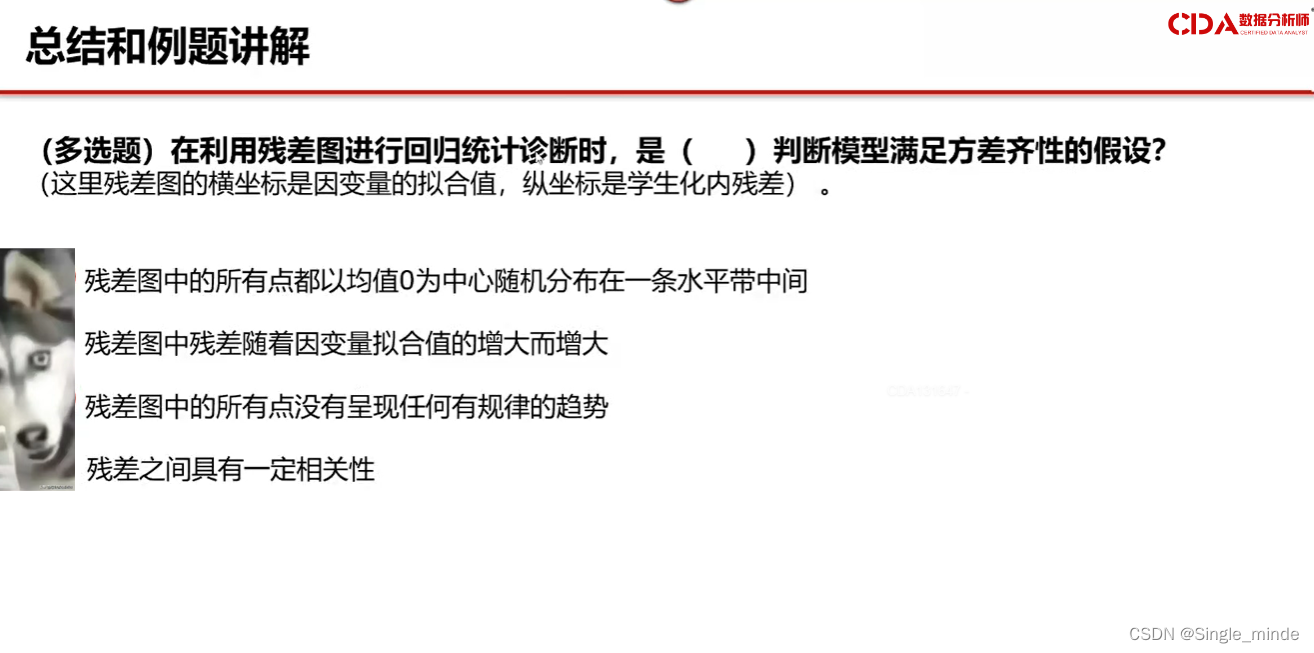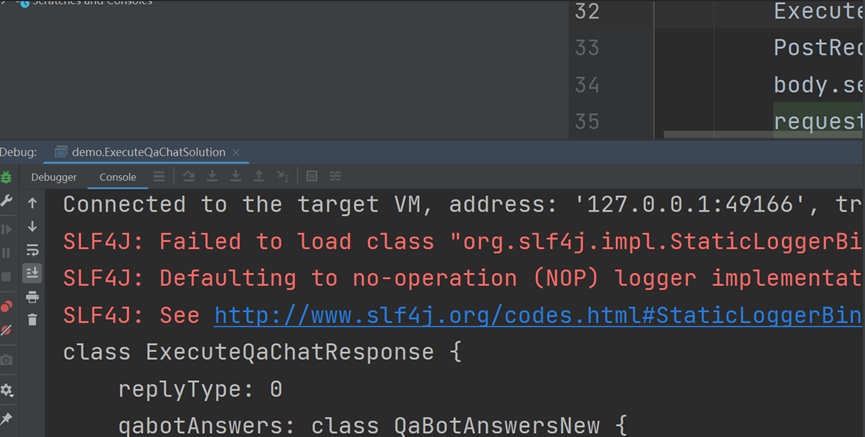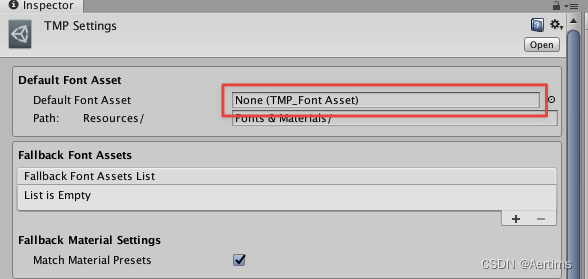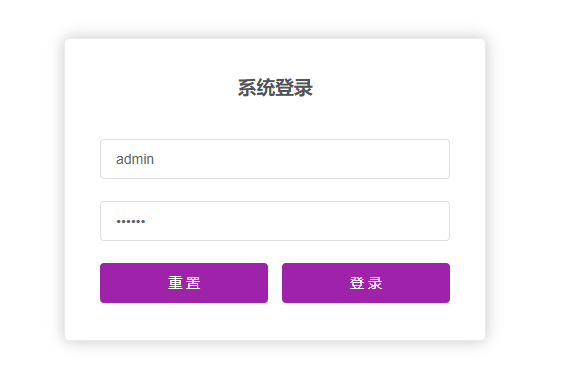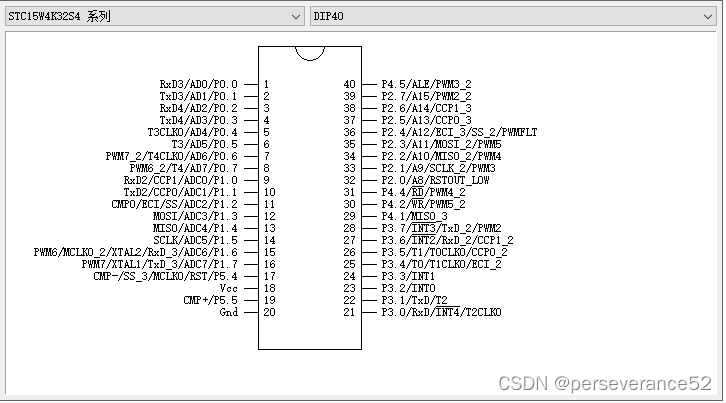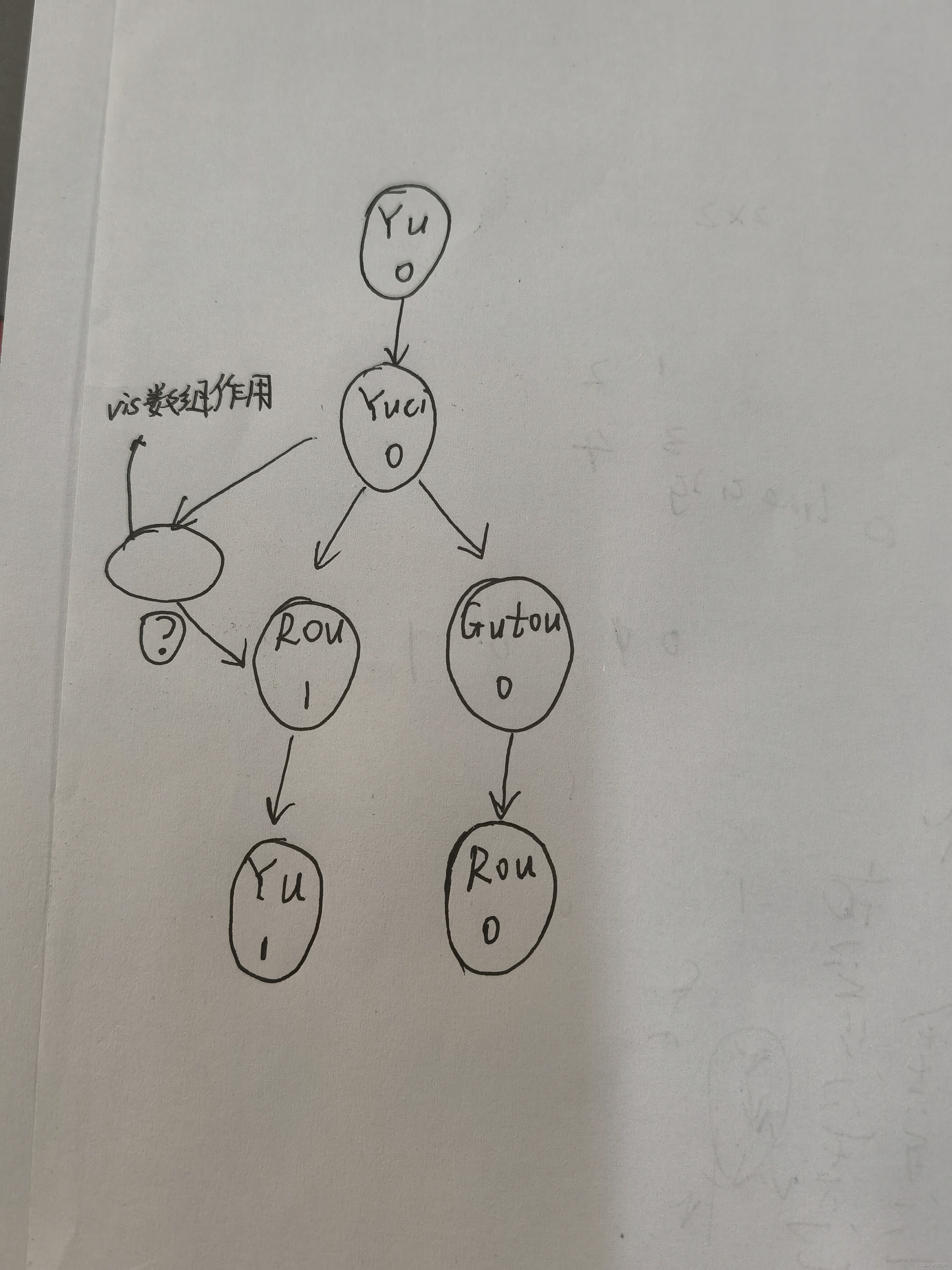写多了go代码,被go mod tidy惯坏了,还以为全天下的都很好用呢,结果发现并不是这样。尤其是项目组的proto还是又封了个工具直接就能跑得,导致以为没那么复杂的事情变得复杂了起来。是有两套生成的规则,时间有点晚,没怎么仔细研究,先记录一下。
先用nuget装protobuf-net、Google.Protobuf,这两个软件包
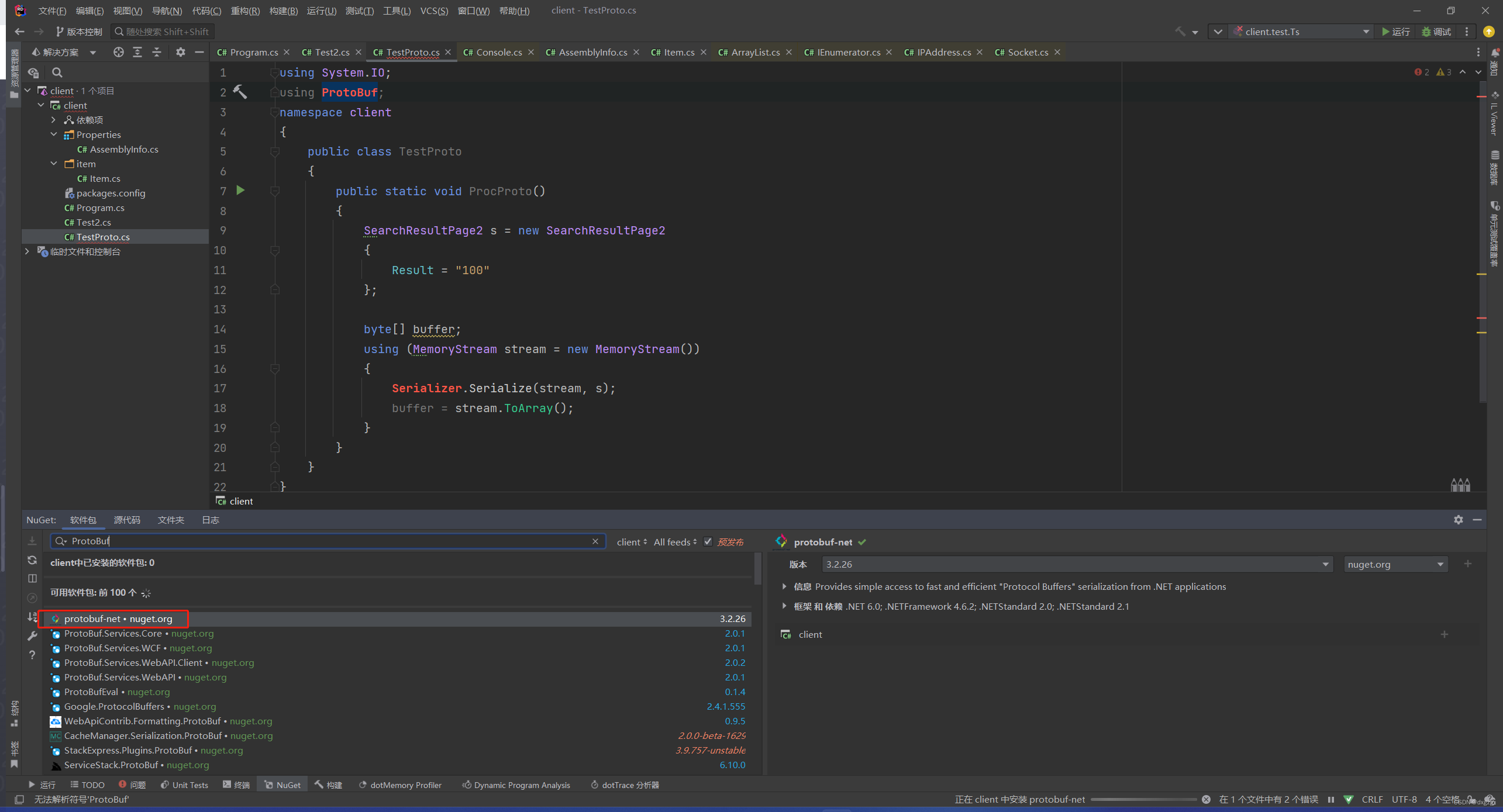
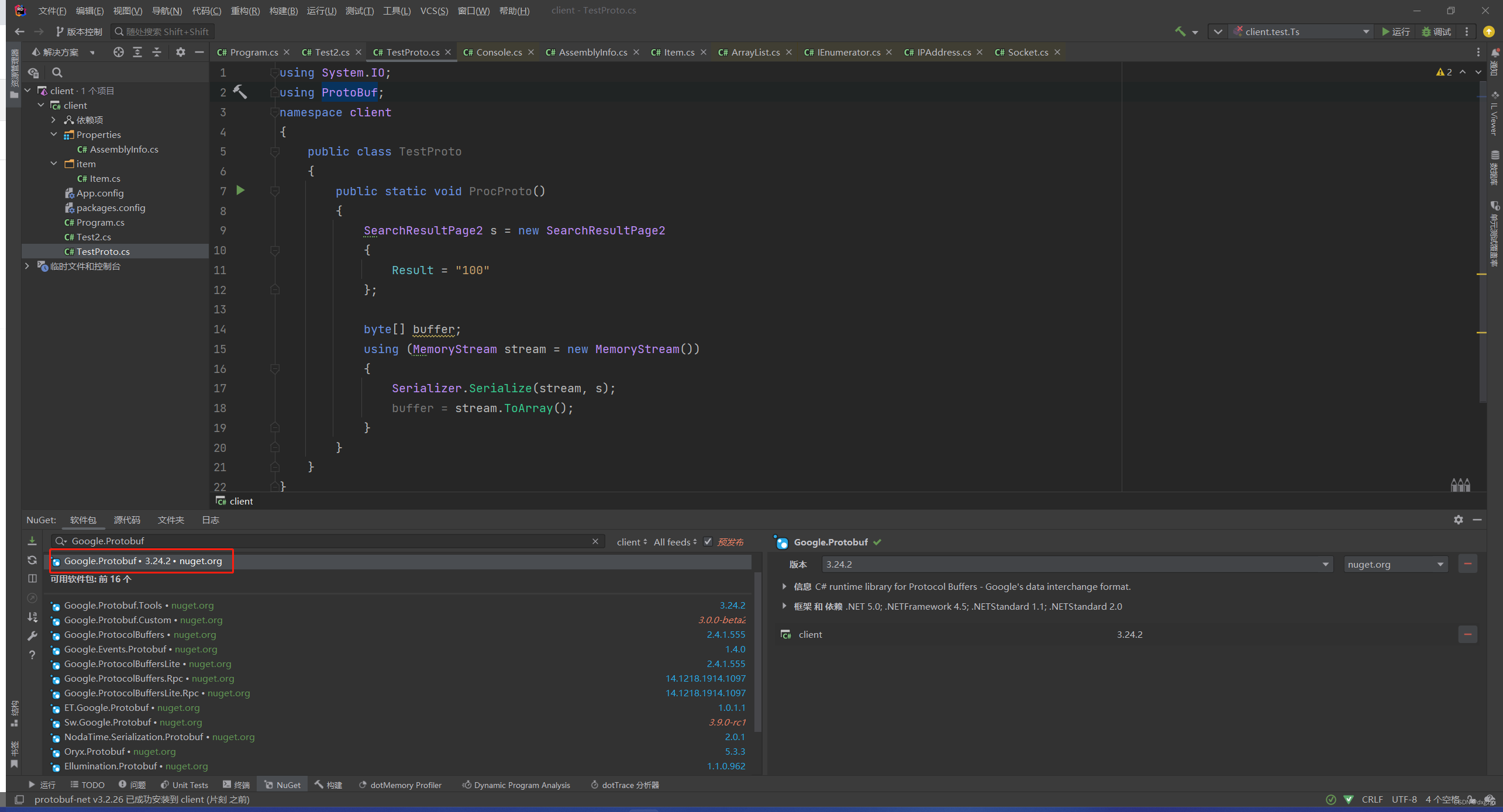
protoc生成
不过我发现了,C#和其他语言不太语言,可以protoc生成C#代码,然后使用的是Google.Protobuf这个包。
在Net Core6.0中是这么写的
这样生成 protoc --csharp_out=proto test.proto
syntax = "proto3"; // proto 版本
option go_package = "paramecium/proto/test"; // 包名声明符
option csharp_namespace = "test";
message SearchResultPage2 {
string result = 1;
int32 num_results = 2;
}
using Google.Protobuf;
Console.WriteLine("Hello, World!");
SearchResultPage2 s = new SearchResultPage2();
s.Result = "100";
byte[] bytes = s.ToByteArray();
SearchResultPage2 deserializedPerson = SearchResultPage2.Parser.ParseFrom(bytes);
Console.WriteLine("result:{0}",deserializedPerson.Result);
protogen生成
这个生成出来的代码不能用Google.Protobuf这个包,要使用protobuf-net这个包才行,并且代码也不太一样,这个没有具体运行过,来一份ChatGPT给的代码,主要可以看下序列化和反序列化的接口
using System;
using System.IO;
using ProtoBuf;
namespace Example
{
class Program
{
static void Main(string[] args)
{
// Create a new person object
Person person = new Person {
id = 1001,
name = "Tom",
age = 26,
isEmployed = true
};
// Serialize person to a byte array
byte[] buffer;
using (MemoryStream stream = new MemoryStream())
{
Serializer.Serialize(stream, person);
buffer = stream.ToArray();
}
// Deserialize byte array to a new person object
Person newPerson;
using (MemoryStream stream = new MemoryStream(buffer))
{
newPerson = Serializer.Deserialize<Person>(stream);
}
// Output the deserialized person object
Console.WriteLine($"Name: {newPerson.name}");
Console.WriteLine($"Age: {newPerson.age}");
Console.WriteLine($"Employed: {newPerson.isEmployed}");
Console.ReadLine();
}
}
}





